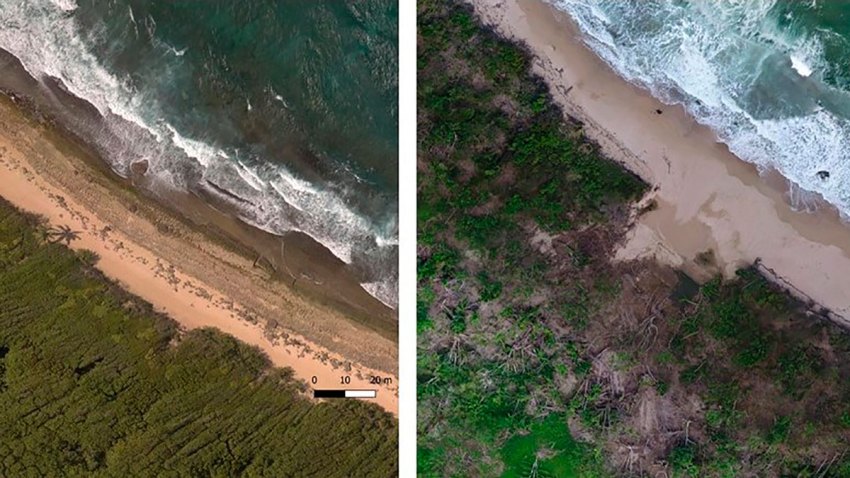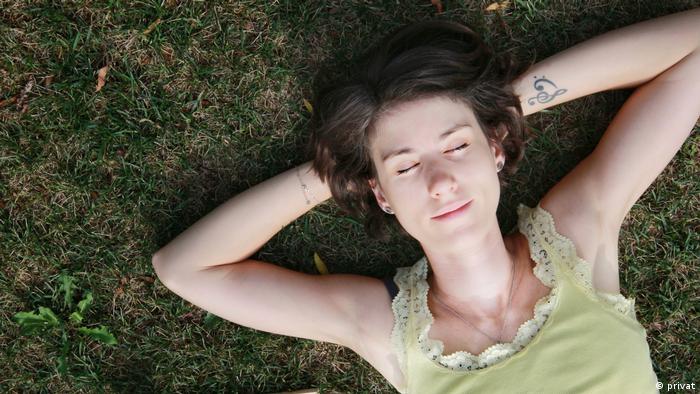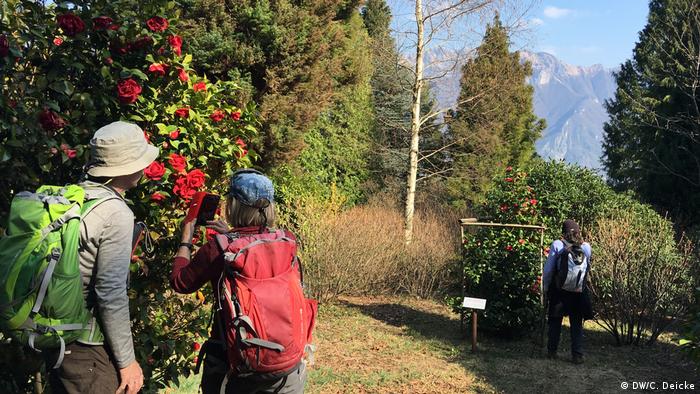Sanders draws an oversized crowd to talk student debt, minimum wage, Medicare
By Logan Kahler, Managing Editor lkahler@newsrepublican.com
Posted Jan 5, 2020
BOONE — Democratic presidential candidate and Vermont Sen. Bernie Sanders talked to a packed house of approximately 400 people at the Fareway Conference Center at Cobblestone Inn & Suites Sunday morning, where he said the goals he has for the country are not “unrealistic.”
Sanders was greeted by a roar of applause and responded by taking a moment to note what his hopes are for the country.
“You’re probably wondering, how did we get to where we are and maybe most importantly, where do we want to go?” Sanders said. “I’m here to tell you how we’re going to get there.”
“What makes our campaign different than others for a number of reasons—one is to tell the voters of Iowa, New Hampshire, Vermont to think a little bit outside of the box,” Sanders said. “Our motives may sound untraditional, but they’re certainly not unrealistic.”

During the event which was promoted as being a brunch, an attendee in the crowd took the microphone to profess her struggle with student loan debt as she pursued education to become a veterinarian. Throughout vet school, she had collectively gathered about $360,000 in student loans, the woman said.
Sanders said that when he is elected, he will cancel all the $1.6 trillion student loan debt to all Americans, as well as make universities tuition free.
“We are seeing young people delaying marriage, having children, unable to buy a car or even a house because of outrageous student loan debt,” said Sanders. “Think about it, we need veterinarians, doctors, but they shouldn’t be punished for the rest of their lives because they have an education.”
Sanders said the massive amount of student loan debt could easily be to blame for the weak economy. He said student loan debt is a financial burden not only on the individual but on the country and its economy.”
In an unheard-of comment from Sanders, he stated there was one thing he is happy for from Donald Trump and that’s the economy is actually picking up. There are more jobs now than when Trump became president, Sanders said.
“But just because there are more jobs, doesn’t mean that people can thrive..That’s why we need to raise the minimum wage to $15.”
According to the Bernie Sanders communications team, the event projected to have a crowd of 150, but a final verified count revealed a total of 431 people. For context, 800 people caucused in the city of Boone in 2016.

Many of those in attendance Sunday were drawn to Boone from all over because of their interest in Sanders’ health coverage policy.
Sanders told a story about a woman he met on the campaign trail who had undergone treatments for cancer. Because of the disease, she had to quit her job, lose her insurance, resulting in her death from the inability to pay her hospital bills.
“You see people all over the country putting their lives on hold because something with their health comes up,” Sanders said. “The drug companies have a grip on the costs of life-saving medications that we the American need to survive.”
“And that’s just not right.”
Professionals in the healthcare field have varied opinions on Sanders’ beliefs.
“I really like Bernie because he’s older and more experienced than the other candidates,” said Helen Clark of Ogden. “And he can beat Trump.”
Clark, 61, of Ogden, is a physical therapist who has been in healthcare for 40 years. She traveled to Boone to see Sanders as he is one of her top picks for her vote, second to former Vice President Joe Biden.
After listening to his platform on universal health coverage, Clark said it made more sense to her.

“Being in healthcare for 40 years, I can see how the lack of healthcare can make an impact on people,” Clark said. “I’m still a Democrat and I’m not-for-profit, and that’s why our healthcare system is the way it is—it’s all for profit.”
Others in the room said also said they support changes in the country’s healthcare system but were skeptical on the candidate’s claims he’d make healthcare affordable for everyone.
“I really don’t see how he’s going to be able to make healthcare for all affordable,” said Robert Hedges. “There’s a large portion of Americans who don’t work and won’t be able to pay for it.”
Hedges, 70, of Ames, retired from his career as a family physician and is currently enrolled in Medicaid A, B and D for his drugs.
Sanders’ Medicare for all Act was proposed in 2019 and would offer health care to all Americans without deductibles, random bills and co-pays.
According to the Centers for Medicare & Medicaid Services, Americans spend more than $10,000 per capita on health care, while countries that have universal healthcare, like Canada, France and Germany, pay less than $5,000.
Sanders will be back in Iowa on Jan. 14 for the Democratic debate at Drake University Campus in Des Moines, just three weeks before Iowa’s Feb. 3 caucuses.
----30---

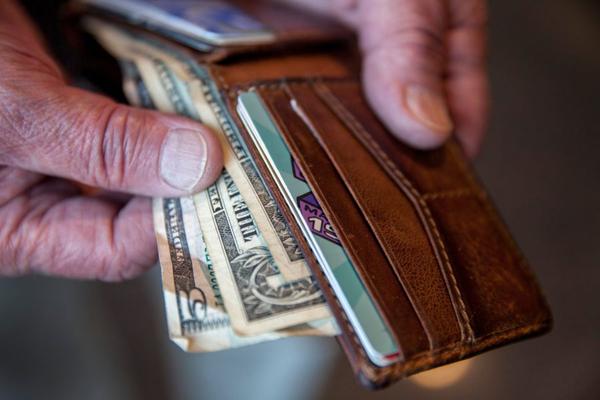



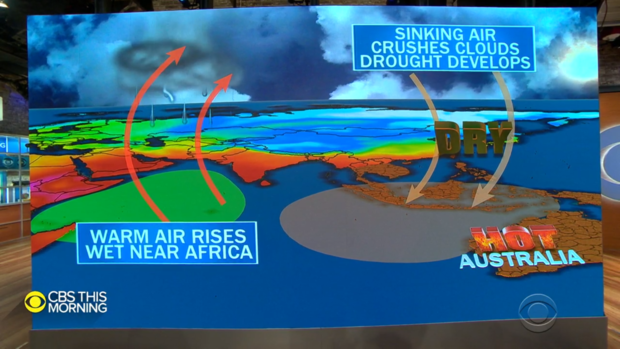 CBS NEWS
CBS NEWS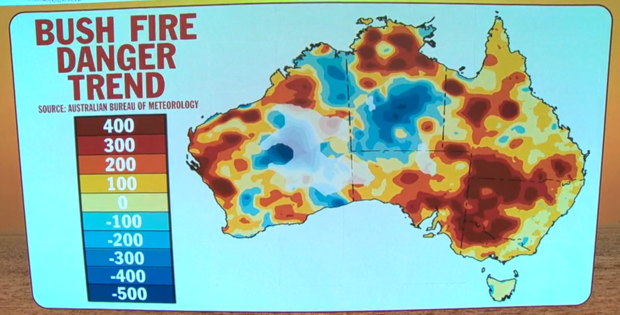 CBS NEWS
CBS NEWS



